Kindle Fire HD Vs. Nexus 7 Vs. The New iPad
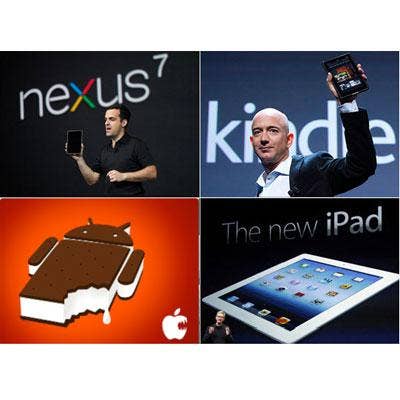
Tablet-War Crossfire
Amazon's introduction Thursday of the Kindle Fire HD opened two new fronts in the tablet wars. The 8.9-inch Kindle Fire HD is expected to compete with Apple's new iPad, and the Kindle Fire HD 7-inch model will do battle with Google's Nexus 7.
Unlike other high-profile tablet launches we've seen recently, Amazon CEO Jeff Bezos emphasized equally the power of the device itself and its utility as a portal to Amazon's massive content library. This strategy reminds us that the success of Apple's iPod was not in the device itself but in the iTunes service, which provided a cheap, easy and legal avenue to content. With the release of its two most powerful tablets to date, Amazon puts itself squarely in the tablet-war crossfire between Apple and Google. Here's a look at how Amazon's 8.9- and 7-inch devices stack up to the new iPad and Nexus 7.
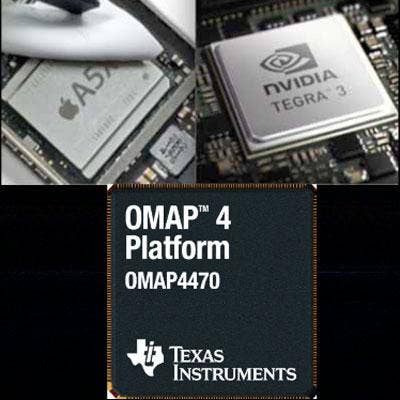
CPU And GPU
Amazon's opening salvo comes from its processor, which it claims delivers 50 percent more IOps than the SoC running the Nexus 7. The 7-inch Fire HD contains Texas Instruments' OMAP 4460, and the 8.9-inch model has an OMAP 4470. Both of these SoCs incorporate two ARM Cortex A9 application processor cores and PowerVR GPUs with 2-D and 3-D graphics acceleration and full HD video.
The 7-inch Fire HD's processor will run at 1.2GHz, though it can clock at up to 1.5GHz. The 8.9-inch unit will run at 1.5GHz, but the 4470 supports speeds up to 1.8GHz. The Nexus 7 also packs ARM Cortex A9 cores; its Nvidia Tegra 3 has four running at 1.3GHz along with a GeForce GPU with 12 graphics processor cores. The 4470 processor has a PowerVR SGX540 GPU with four graphics cores and is on par with the new iPad and its A5X custom SoC, which also packs two Cortex A9 cores and four PowerVR graphics cores.
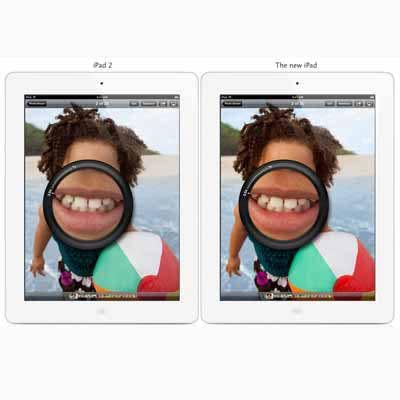
Display
Although the GPUs in its OMAP 4470 SoC support QXGA (which stands for quarter-XGA or 2,048 x 1,536), the 8.9-inch Fire HD will be limited by its 1,920 x 1,200 LCD panel. We use "limited" loosely, because the unit still pumps out 254 pixels per inch (ppi). And like its SoC, that screen density figure compares favorably with that of the new iPad's Retina display, which puts out 2,048 x 1,536 at 264 ppi. Why are the ppi numbers close and the resolution figures far apart? Because Apple's 9.7-inch panel is almost an inch larger diagonally than Amazon's larger unit.
As for the 7-inch devices, Amazon's is virtually identical to Google's. Both are LED-backlit, of the IPS variety for the most colors and widest viewing angles, and display 1,280 x 800 at 216 ppi. The Nexus 7 and new iPad use a scratch-resistant glass made by Corning (but not Gorilla Glass). Kindle Fire HD uses neither, as far as we could learn.
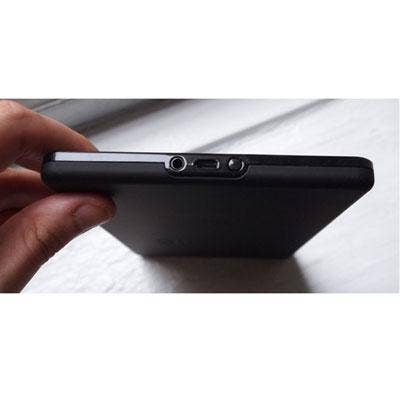
Communications
Among the nicest features of the Kindle Fire HD models is dual-antenna Wi-Fi, which operates on 2.4GHz and 5GHz bands simultaneously to deliver 40 percent greater Wi-Fi bandwidth, according to Amazon. We've tested this on other devices and it works great, provided there's a supported Wi-Fi access point. Neither Apple nor Google offer dual-band Wi-Fi. Additionally, both Amazon devices include a micro-B USB 2.0 port for both moving files and charging via the included adapter or a computer. The Nexus 7 provides this port too but can only charge from the AC adapter; the new iPad uses a proprietary 30-pin connector and has no access to the file system. Apple and Google put GPS receivers, accelerometers, gyroscopes and ambient light sensors into their devices; Amazon didn't. Amazon put a Micro-HDMI output port on both new devices; Apple and Google didn't, but Apple offers an optional adapter. Amazon and Apple offer Wi-Fi and 4G models (8.9-inch only); Google plans to do so later. All four devices offer some variety of Bluetooth. And, there are now seven Amazon Kindle models; Apple offers two iPad models and Google has one.
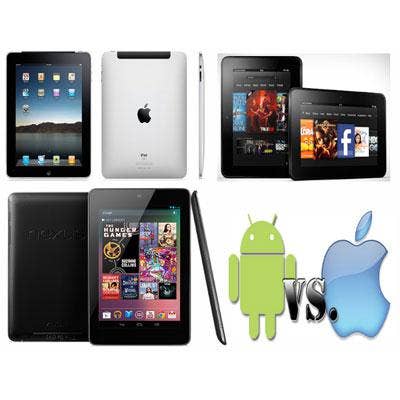
Dimensions
The 8.9-inch version of Amazon's Kindle Fire HD will be smaller than Apple's 9.7-inch new iPad, right? It is, of course, but not by much. The larger Amazon device measures 9.45 inches high, compared with Apple's new iPad at 9.5 inches -- that's a difference of 0.05 inches. The width is more in line with expectations; Amazon is at 6.5 inches to Apple's 7.3 inches. Thickness is a wash at 0.35 inches compared with 0.37 inches. The Fire HD weighs 20 ounces (1.25 pounds) with Wi-Fi and 4G to Apple's 23.4 ounces (1.46 pounds) with the same.
The 7-inch units are virtually identical in size and weight. Amazon's Kindle Fire HD measures 7.6 inches high by 5.4 inches wide by 0.4 inches thick. Google's nexus 7 measures 7.8 inches high by 4.7 inches wide and is 0.41 inches thick. Amazon's unit weighs in at 13.9 ounces (394 grams) vs. Google's 13.7 ounces (390 grams).
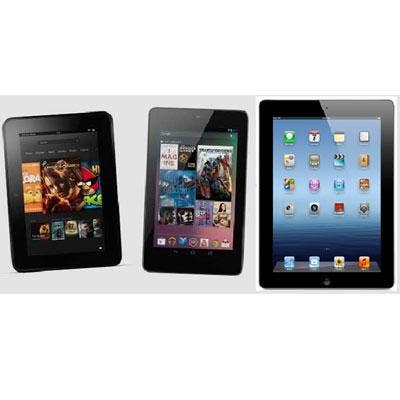
The Bottom Line
When Google's Nexus 7 hit the streets in late June positioned as an alternative to Amazon's Kindle Fire, it was so technically superior that we declared Amazon's device obsolete. But, Amazon has fired back with the 8.9-inch Kindle Fire HD starting at $299 that's equipped enough to compete as a low-cost alternative to Apple's new iPad, and a 7-inch Kindle Fire HD listing for $199 that will give Google a run for its Nexus 7 money.
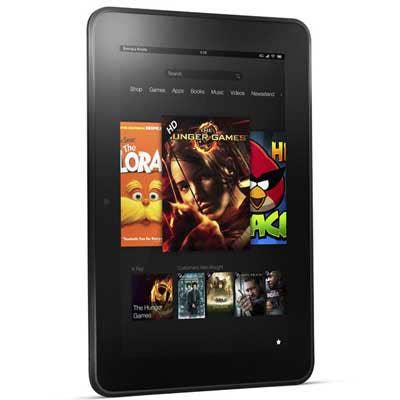
More Amazon Kindle HD Coverage From CRN
Amazon Reveals New Kindle
Kindle Fire HD Focuses On Services, Not Devices
Amazon Unveils Kindle Fire HD To Rival iPad